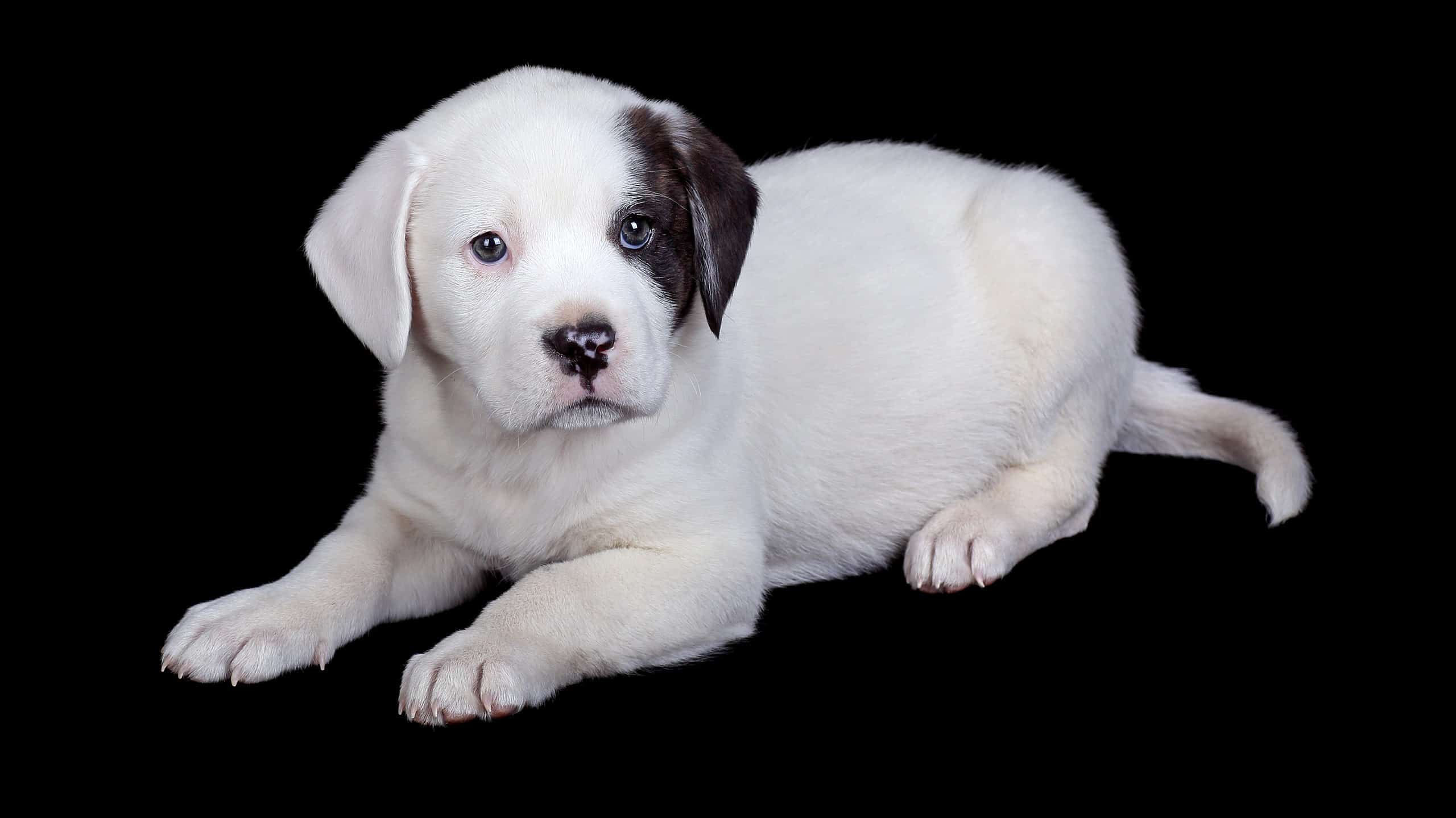- January 11, 2023
- No Comment
- 8 minutes read
Where Do Puppy Teeth Go? – AZ Animals

Enter your email in the box below to get the most mind-blowing animal stories and videos delivered directly to your inbox every day.
Ideally, most mammals are born without teeth because while they are young, they only rely on the milk of their mother for a few weeks. Dogs are no different, and their puppies are born without teeth. These puppies do not get their first set of teeth until a few weeks after their birth. This article discusses how puppies get their teeth, when they lose them, and where they go.
©OlesyaNickolaeva/Shutterstock.com
Like humans, dogs have two sets of teeth in their lifetime. Depending on the species, a puppy starts to grow teeth around two to three weeks after its birth. These teeth are called deciduous teeth or, more commonly, milk teeth. Puppies grow out 28 of these temporary teeth, but it should be noted that they do not all grow at once, and depending on the species of puppies in question, the time needed to completely grow out these teeth may differ.
Usually, it takes anywhere between six and eight weeks for a puppy to grow out its complete set of deciduous teeth. They have 14 upper and 14 lower teeth made up of four canine teeth, 12 incisors, and 12 premolars. Unlike adult dogs, puppies do not have molars in this early stage. Canine teeth, which are frequently referred to as “fangs,” are typically the first to grow out in puppies.
When the puppy is between eight and ten weeks old, it is ready to transition from relying completely on its mother’s milk as a source of nutrition to eating semi-solid and solid food. Although there is no rule that stops these puppies from relying on their mothers’ milk once they get their complete set of milk teeth, the transition is good for the mothers, as feeding puppies with teeth could cause injuries to them, particularly around their mammary glands.
©NinaM/Shutterstock.com
Since the milk teeth of these puppies are not permanent, they eventually fall out to give way to more permanent adult teeth. Depending on the species and certain other circumstances, such as diet, the time frame for puppies losing their baby teeth differs. The puppy’s first set of teeth will start to fall out when it is approximately six months old. Some smaller breeds have a tendency to cling onto their baby teeth longer. However, by the time most puppies are seven to eight months old, they will have traded their initial set of teeth for a set of 42 permanent adult teeth.
©iStock.com/Photology1971
The teething period of a puppy does not end until all its adult teeth have erupted. Because of this long period of discomfort, it is important for puppy owners to be able to recognize the signs of teething. One of the first obvious signs of a teething dog is increased chewing. Usually, puppies like to play with toys and put them in their mouth, but during teething, it gets worse. These puppies do not just stop at toys, but instead, chew everything they come across. This process involves more than chewing for them – they are more concerned with using objects to scratch their gums.
Another common sign of a teething puppy is sensitive and, sometimes, swollen gums. The swelling is mostly caused by the adult teeth growing underneath the gums that are trying to show. While your puppy’s gums are itching, they would be more inclined to put different things in their mouths and can even go as far as gently nibbling on parts of your body, especially your fingers. Other common signs of a teething puppy include a loss of appetite and inaction.
The most difficult stage for teething puppies is during their fourth to sixth months because it is at this time they start to actually lose their milk teeth. As their milk teeth fall out, more permanent teeth start to grow in their place. The adult tooth may occasionally even be visible, pushing the baby tooth out of the gum. People often wonder where the milk teeth of puppies go. Depending on the location of your puppy during the period of losing its milk teeth, these teeth could be anywhere.
Because of how often these milk teeth fall out, it is not uncommon for dog owners to find the fallen teeth of their puppies around the house. However, it should be noted that not all of these teeth would fall out of the puppy’s mouth. There is a high chance that the puppy could swallow some of its milk teeth alongside its food.
Also, the milk teeth of puppies might have a hard time falling out. In cases like this, it is advisable to take the affected puppy to the vet because trying to force it out could cause further damage to the gums and already growing adult teeth. At the end of their adult teeth growing process, these puppies would be left with 42 adult teeth – 22 on the bottom and 20 on the top.
When Do Puppies Lose Baby Teeth? The Full Timeline
Dog Teeth: Everything You Need To Know
This Is How Many Teeth Dogs Have, and What They’re Used For
How about the fastest dogs, the largest dogs and those that are — quite frankly — just the kindest dogs on the planet? Each day, AZ Animals sends out lists just like this to our thousands of email subscribers. And the best part? It’s FREE. Join today by entering your email below.
Dogs are our best friends but which breed is your perfect match?
If you have kids or existing dogs select:
Should they be Hypoallergenic?
How much energy should they have?
Thank you for reading! Have some feedback for us? Contact the AZ Animals editorial team.
Josephoartigasia monesi the largest known rodent

As an Amazon Associate I earn from qualifying purchases.
Learn more about us & read our affiliate disclosure.
Copyright © 2008 – 2023 A-Z Animals

